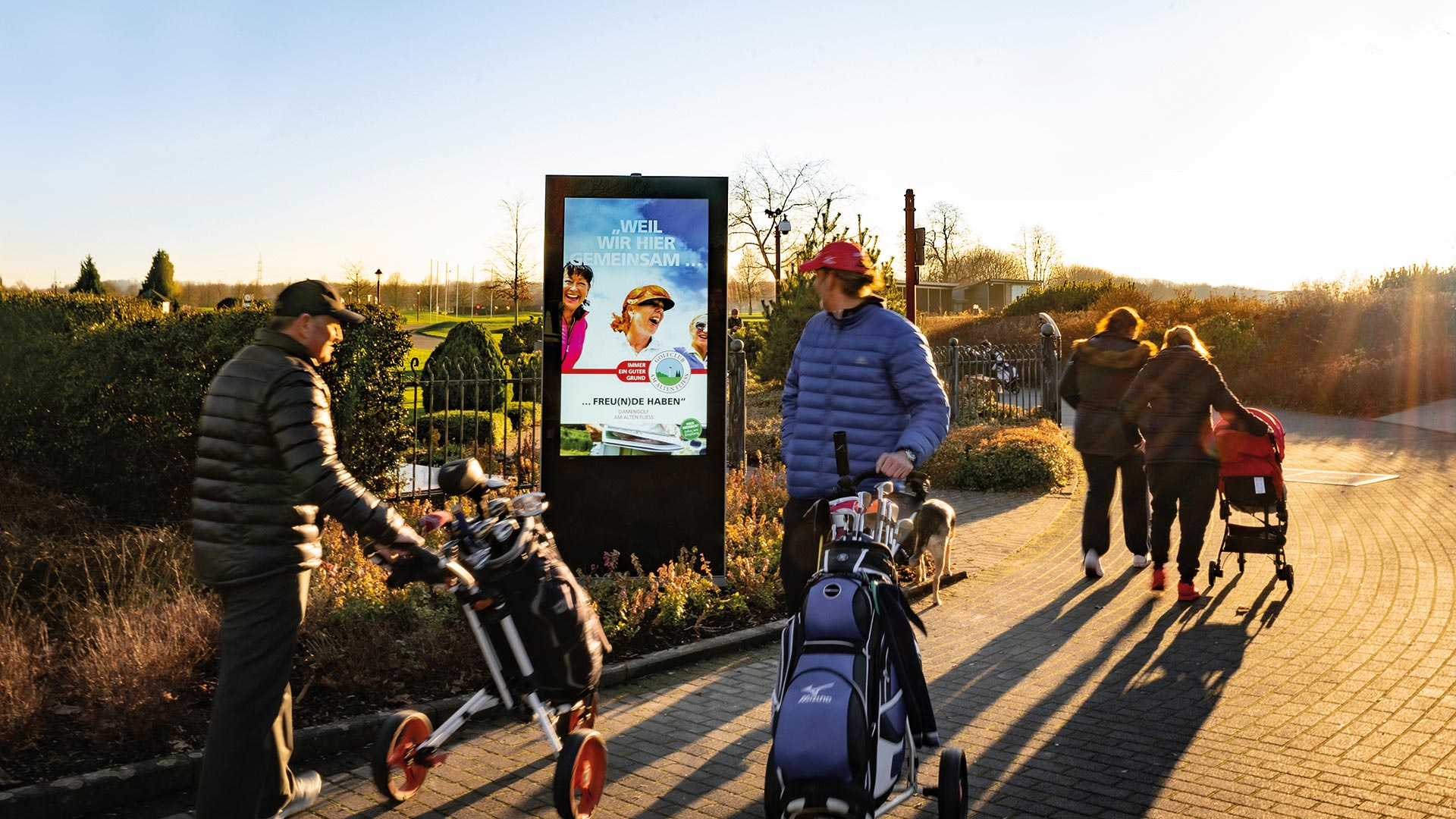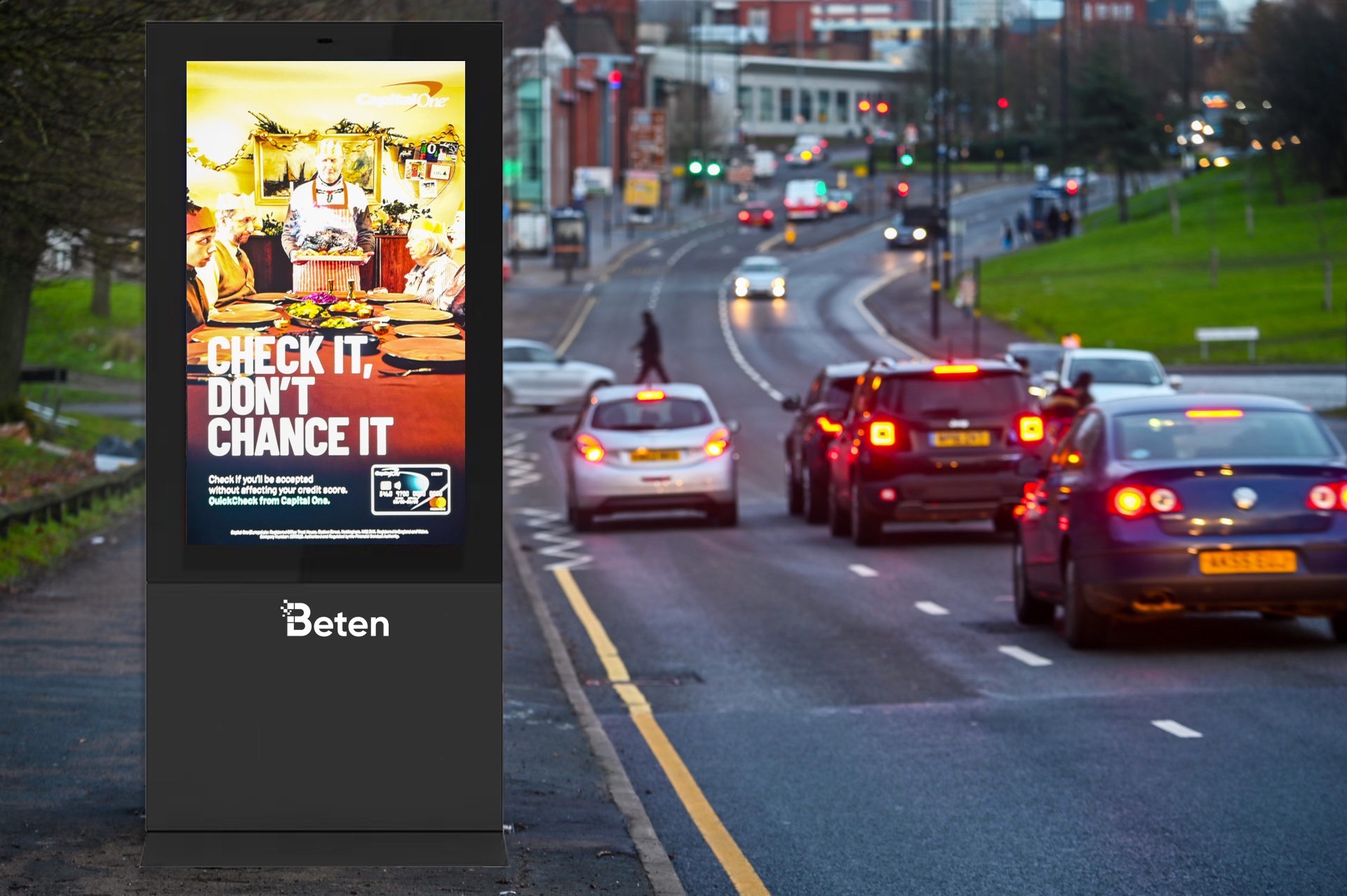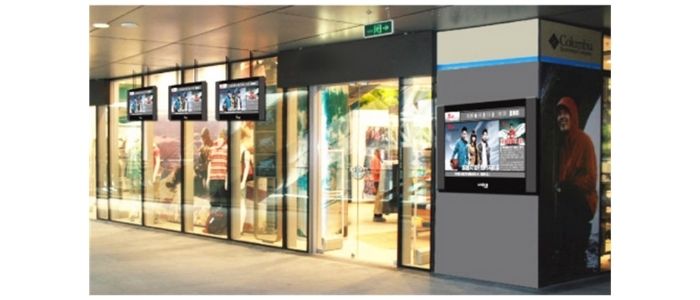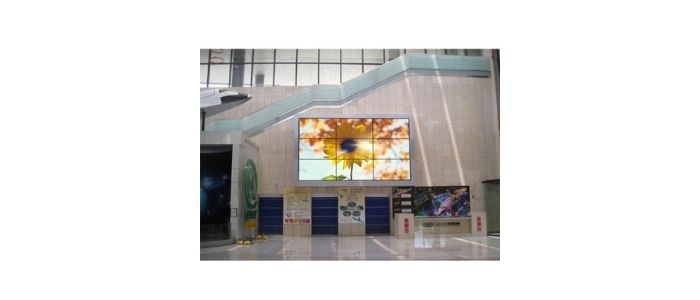
Digital Out of Home (DOOH) advertising has been around for quite some time, even since the birth of civilization, so to speak. Even though the advertising industry has changed over time, DOOH advertising is still widely used today.
However, digital technology is changing the way people view and interact with media. While traditional billboards are still heavily utilized, there is no denying that digital out-of-home (DOOH) media will be the future of displaying engaging content and attracting a wider audience.
In recent years, digital out-of-home media has become more and more popular because of its innovation and rich functionality. Technology has allowed digital signage owners to give consumers more engaging and customized content. Digital Out of Home (DOOH)owners will benefit greatly from the digitization process.
DOOH: A New Media that Disrupts Tradition
Digital Out-of-Home (DOOH) refers to digital media that is now available in public scenes. This includes digital signage and outdoor signage, as well as providing a network of screens used in commercial businesses in scenarios such as shopping malls, transportation, and office buildings.
DOOH is a broad category that is ubiquitous in our lives. For example, when you head to the nearest business district, you may find large digital billboards, small digital signage screens, and small TV screens used to deliver content. All of these fall under the umbrella of DOOH.
Here are some of the scenarios where you often see DOOH ads:
- Malls and retail stores
- Movie theaters and cultural and entertainment venues
- Office buildings and neighborhoods
- Hospital waiting rooms
- Transportation roadside
- Airports, train stations, subway and bus shelters
- Some major open spaces
In reality, these digital signage screens look like static images and signs that have been around for centuries. However, because digital signage displays allow images to be presented dynamically and are interactive, they are more flexible in their use for advertising. They can instantly capture the audience’s attention and thus make an impact.

What are the Benefits of Digital Out of Home Media(DOOH)?
Compared with outdoor static media advertising, digital out of home media has some important advantages.
- 1, Lower Management Costs: Compared to static media, DOOH reduces reprinting and installation costs. Content changes are automated, requiring only seconds, with the initial setup cost offset by higher earning capacity.
- 2, Content Diversification: DOOH allows flexible advertising timing and duration, enabling real-time content changes. Wireless networks facilitate remote content upload and scheduling, providing highly relevant and customized content based on location, time, season, and weather.
- 3, Creative Campaigns: Integration with high technologies enhances DOOH creativity. Pairing displays with facial recognition and weather data enables tailored content. Sensors and software add endless creative possibilities, impossible with static displays.
- 4, Detailed Monitor Reports: Similar to online ads, DOOH software generates effective on-air reports, valuable for marketers and network operators.
- 5, In-Depth Demographics: DOOH’s demographic information aids targeted ad placement, with ratings analysis providing insights into audience reach and segmentation.

Why are More and More Companies Choosing Digital Out of Home Media?
One of the key reasons why DOOH is such a valuable marketing asset is its strong visual impact and its visibility. Digital advertising screens are usually located in high-traffic areas, ensuring that many people see their content. Additionally, unlike online ads, audiences can’t skip ads, use ad blockers, or shift screen content. This means that when the ad goes live, the content is fully utilized and maximized to be noticed.
Many studies have shown the effectiveness of this format. A 2015 study by Nielsen found that 75% of respondents recalled seeing an outdoor digital ad in the last month. Of those, about 82 percent could recall the ads they saw. Even more interestingly, the study found that the majority of respondents found DOOH to be effective. At a time when traditional advertising is often perceived as boring, this could make DOOH a more attractive option.






